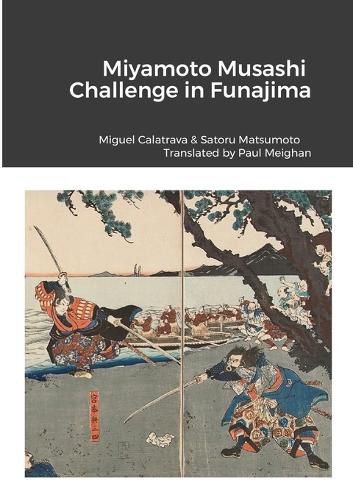Readings Newsletter
Become a Readings Member to make your shopping experience even easier.
Sign in or sign up for free!
You’re not far away from qualifying for FREE standard shipping within Australia
You’ve qualified for FREE standard shipping within Australia
The cart is loading…






This title is printed to order. This book may have been self-published. If so, we cannot guarantee the quality of the content. In the main most books will have gone through the editing process however some may not. We therefore suggest that you be aware of this before ordering this book. If in doubt check either the author or publisher’s details as we are unable to accept any returns unless they are faulty. Please contact us if you have any questions.
At the beginning of the Edo period, Japan was moving toward pacification and stabilization of the political system, under the command of a central authority, represented by the powerful Tokugawa clan. Some fundamental turning points in this long process were the clashes between the Tokugawa and the Toyotomi at the Battle of Sekigahara in 1600, and at that of Osaka in 1614-1615. Following the latter conflict, the Tokugawa, resulting victorious, were able to stabilize and govern the territory of Japan, after centuries of conflict between countless war-lords and clans in perennial competition for the conquest of power. At that precarious time of continuous changes, some of the most famous swordsmen and warriors of Japanese history emerged (their martial schools of origin, in the following centuries, were structured, and many of them still exist today). The battles that were fought were very bloody, and consequently at the end, only the strongest (and luckiest) men remained on the battlefield, belonging to those military schools that taught truly applicable and effective techniques on the use of weapons. It is evident that the competition to emerge from anonymity was extremely strong. This element, along with the long periods of fierce battles that preceded the period of unification of the country (in particular, we refer here to the historical period called Sengoku jidai, 1467-1603, and in the first decades of the Edo period), helped create and forge generations of masters who attained the highest levels of skill in the use of weapons. Many of these bushi of the past, in addition to war, also ventured into deadly duels with other skilled fighters. In particular, two of these masters, who went down in history for their skill, faced each other in a deadly challenge on an island a short distance from both the Honshu and Kyushu coasts: Miyamoto Musashi and Kojiro Ganryu. In this historical research documents relating to the duel between the two masters, the context before and after the fight, and the causes that led to it are presented and analyzed. In addition, a final section has been added concerning the hypothesis of the origin of the mysterious swordsman Ganryu Kojiro, from his early youth until he decided to abandon his master and go his own way.
$9.00 standard shipping within Australia
FREE standard shipping within Australia for orders over $100.00
Express & International shipping calculated at checkout
This title is printed to order. This book may have been self-published. If so, we cannot guarantee the quality of the content. In the main most books will have gone through the editing process however some may not. We therefore suggest that you be aware of this before ordering this book. If in doubt check either the author or publisher’s details as we are unable to accept any returns unless they are faulty. Please contact us if you have any questions.
At the beginning of the Edo period, Japan was moving toward pacification and stabilization of the political system, under the command of a central authority, represented by the powerful Tokugawa clan. Some fundamental turning points in this long process were the clashes between the Tokugawa and the Toyotomi at the Battle of Sekigahara in 1600, and at that of Osaka in 1614-1615. Following the latter conflict, the Tokugawa, resulting victorious, were able to stabilize and govern the territory of Japan, after centuries of conflict between countless war-lords and clans in perennial competition for the conquest of power. At that precarious time of continuous changes, some of the most famous swordsmen and warriors of Japanese history emerged (their martial schools of origin, in the following centuries, were structured, and many of them still exist today). The battles that were fought were very bloody, and consequently at the end, only the strongest (and luckiest) men remained on the battlefield, belonging to those military schools that taught truly applicable and effective techniques on the use of weapons. It is evident that the competition to emerge from anonymity was extremely strong. This element, along with the long periods of fierce battles that preceded the period of unification of the country (in particular, we refer here to the historical period called Sengoku jidai, 1467-1603, and in the first decades of the Edo period), helped create and forge generations of masters who attained the highest levels of skill in the use of weapons. Many of these bushi of the past, in addition to war, also ventured into deadly duels with other skilled fighters. In particular, two of these masters, who went down in history for their skill, faced each other in a deadly challenge on an island a short distance from both the Honshu and Kyushu coasts: Miyamoto Musashi and Kojiro Ganryu. In this historical research documents relating to the duel between the two masters, the context before and after the fight, and the causes that led to it are presented and analyzed. In addition, a final section has been added concerning the hypothesis of the origin of the mysterious swordsman Ganryu Kojiro, from his early youth until he decided to abandon his master and go his own way.